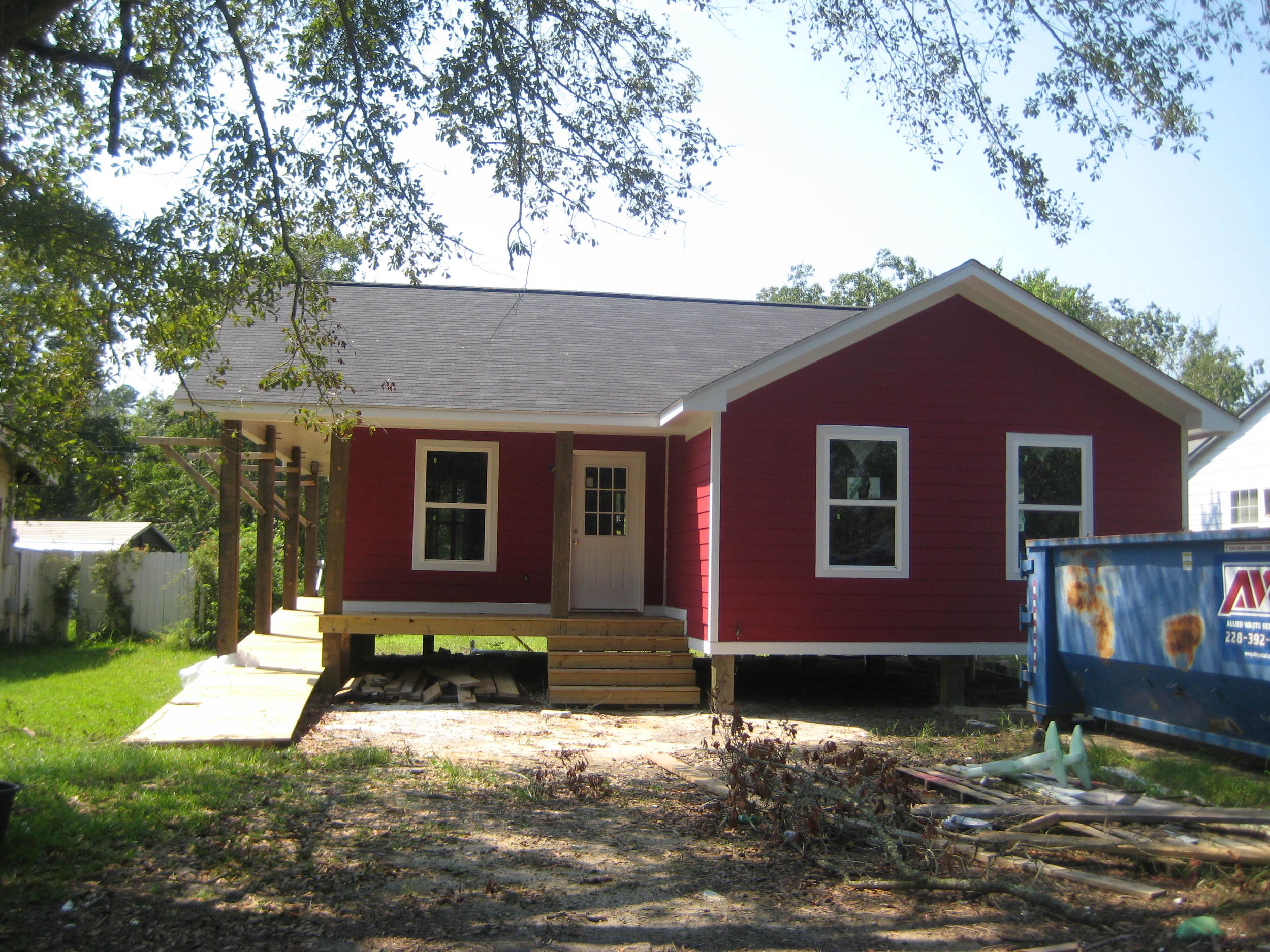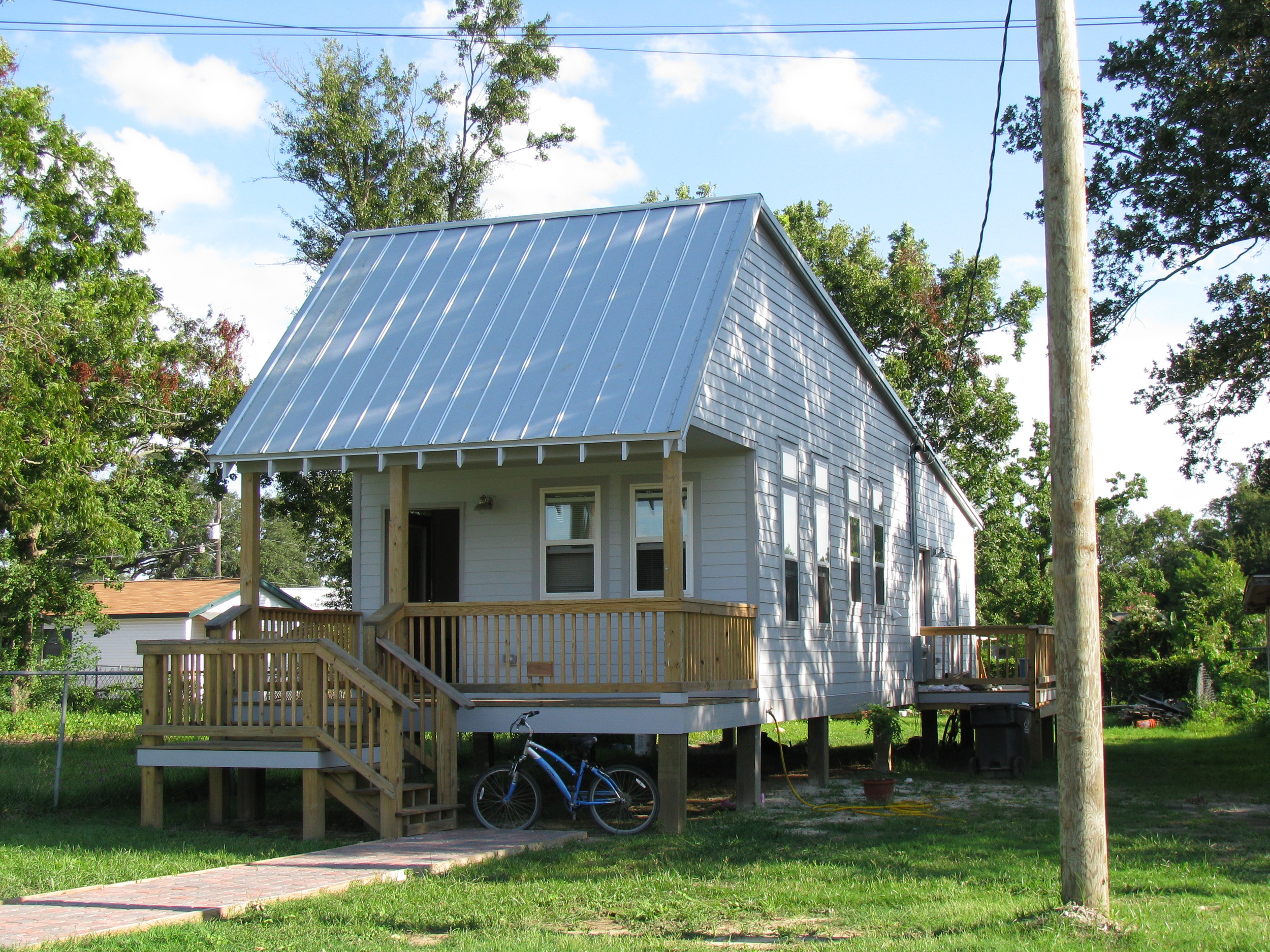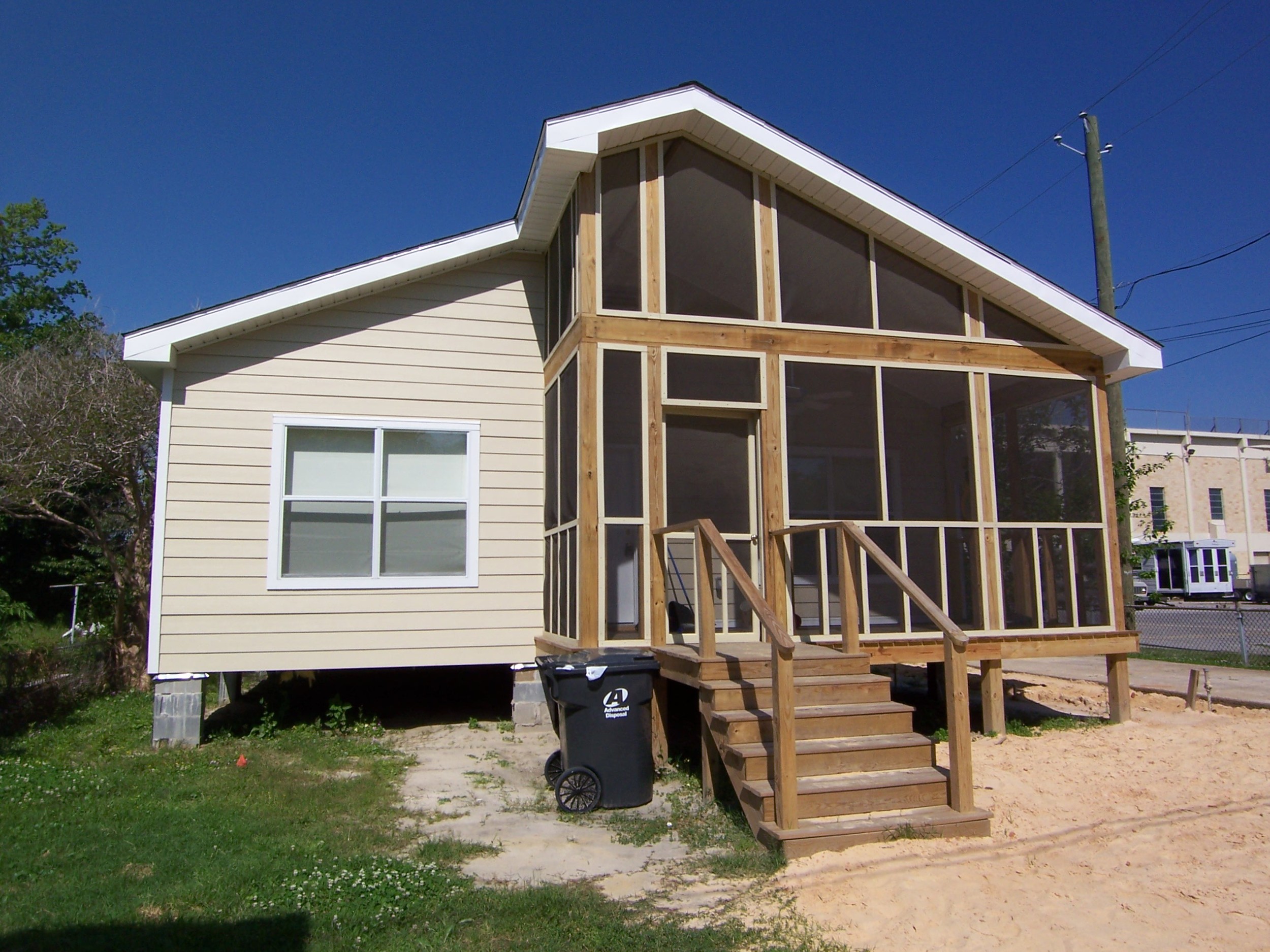Hurricane Katrina resulted in overwhelming housing needs in cities all along the Mississippi Gulf Coast. The Gulf Coast Community Design Studio’s response was shaped by three realizations. First, design services on their own would not be effective and needed to be part of a comprehensive case management approach. Such case management is needed in order to help homeowners apply for funding and in order to make use of building resources. The second realization was that prospective homeowners should be included in the design process so that the houses produced are a good fit and end up being long-term housing. Third, because the construction labor force after a large disaster is often made up of inexperienced volunteers, changing site supervisors, and builders who might not have a knowledge of hurricane zone construction, the architect’s role during construction is different than for a typical contractor project.
For eight years, with various funding sources, GCCDS has provided architectural services for over 230 new houses and over 100 rehabilitated houses. Each house was designed specifically for the family and site. Our architects and intern architects worked with seven primary partner organizations: The East Biloxi Coordination and Relief Center, later renamed Hope Community Development Agency; International Relief and Development (IRD), which evolved into Climb Community Development Corporation; The Biloxi Housing Authority; Hancock Housing Resources Center; Back Bay Mission; Habitat for Humanity of the Mississippi Gulf Coast, and Habitat for Humanity Bay-Waveland. Each partner organization provided case management leading up to design and construction management to get the houses built. In all cases, GCCDS provided architectural services for lower-income households that qualified for various government and philanthropic assistance. This collaboration enabled us to focus on the design and construction documentation of the houses.
A view of the some of the many houses that have been completed shows a range of house designs, which can be seen as evidence that the home owner has a formative role in the process.


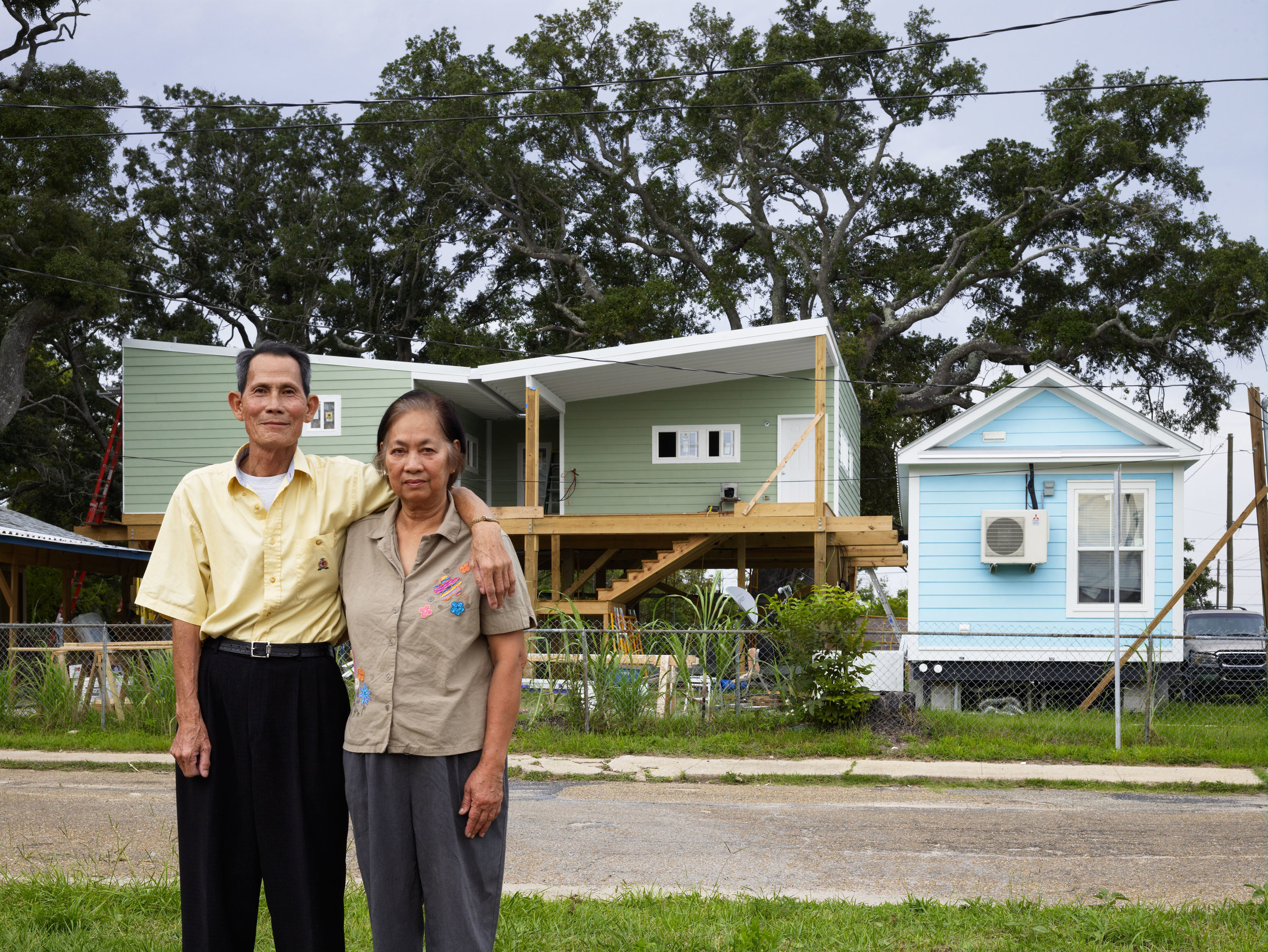
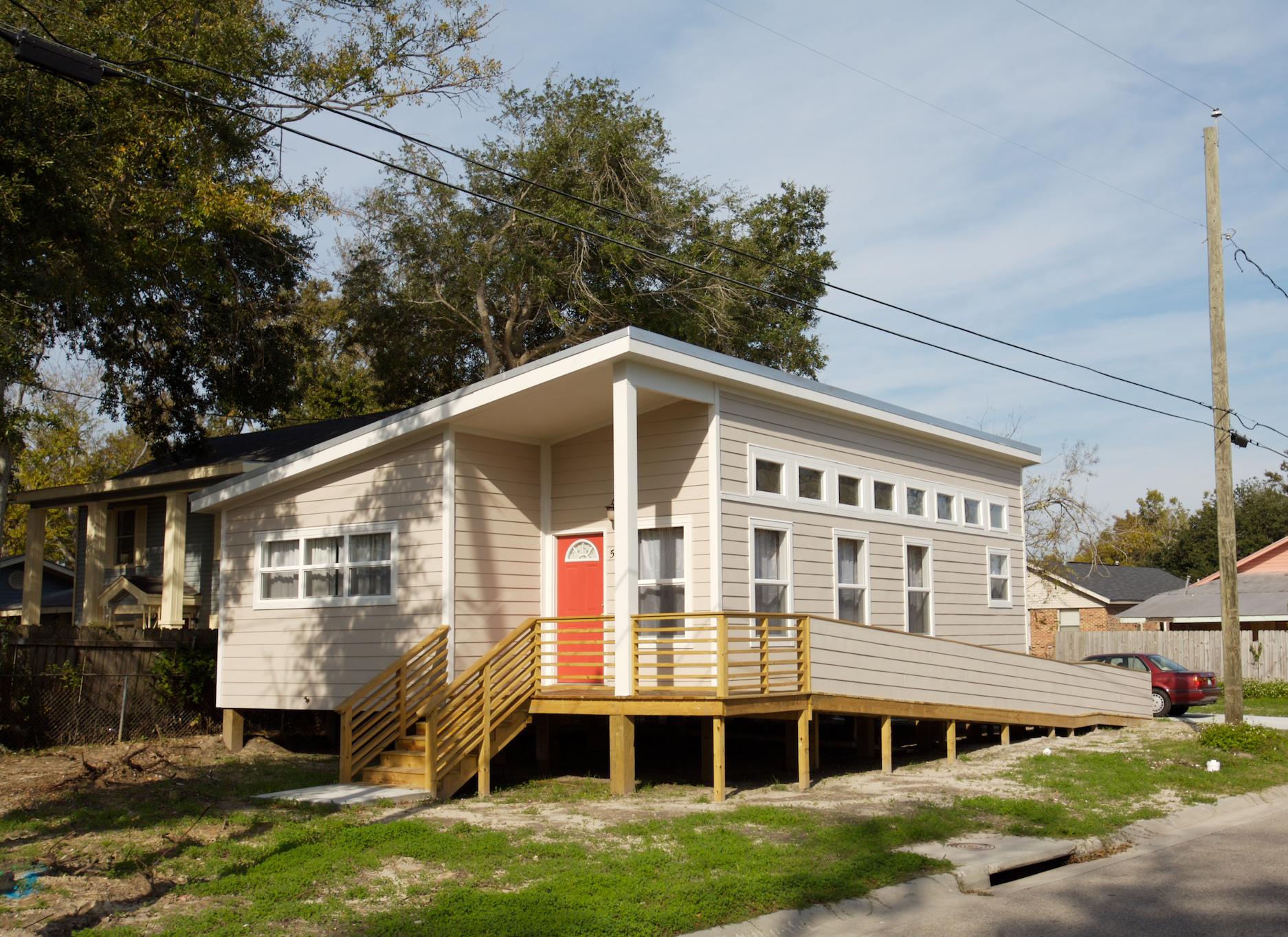
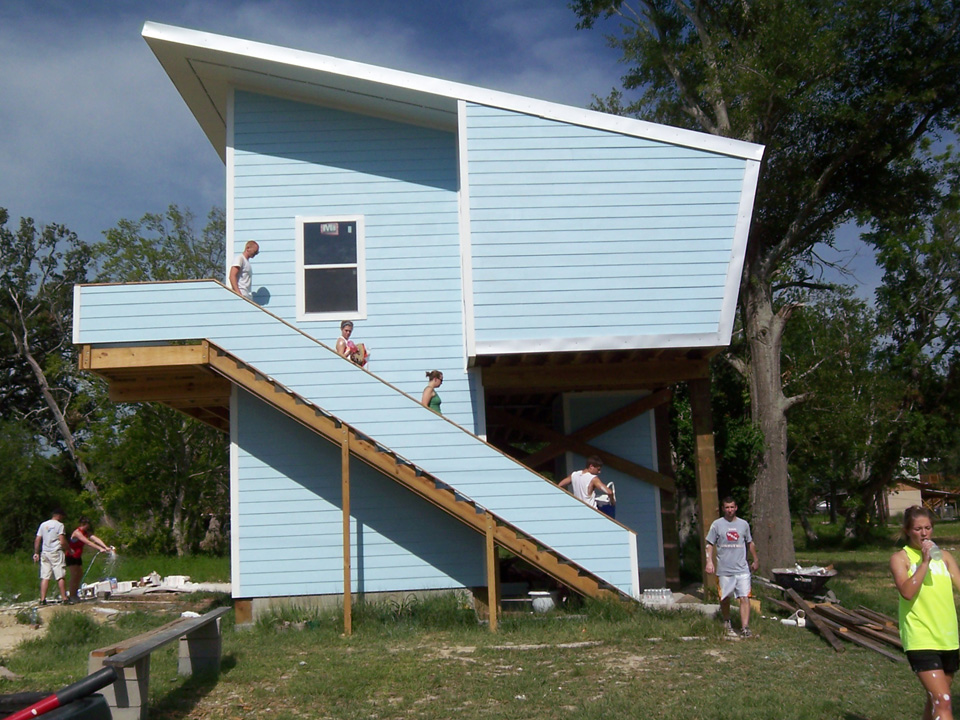
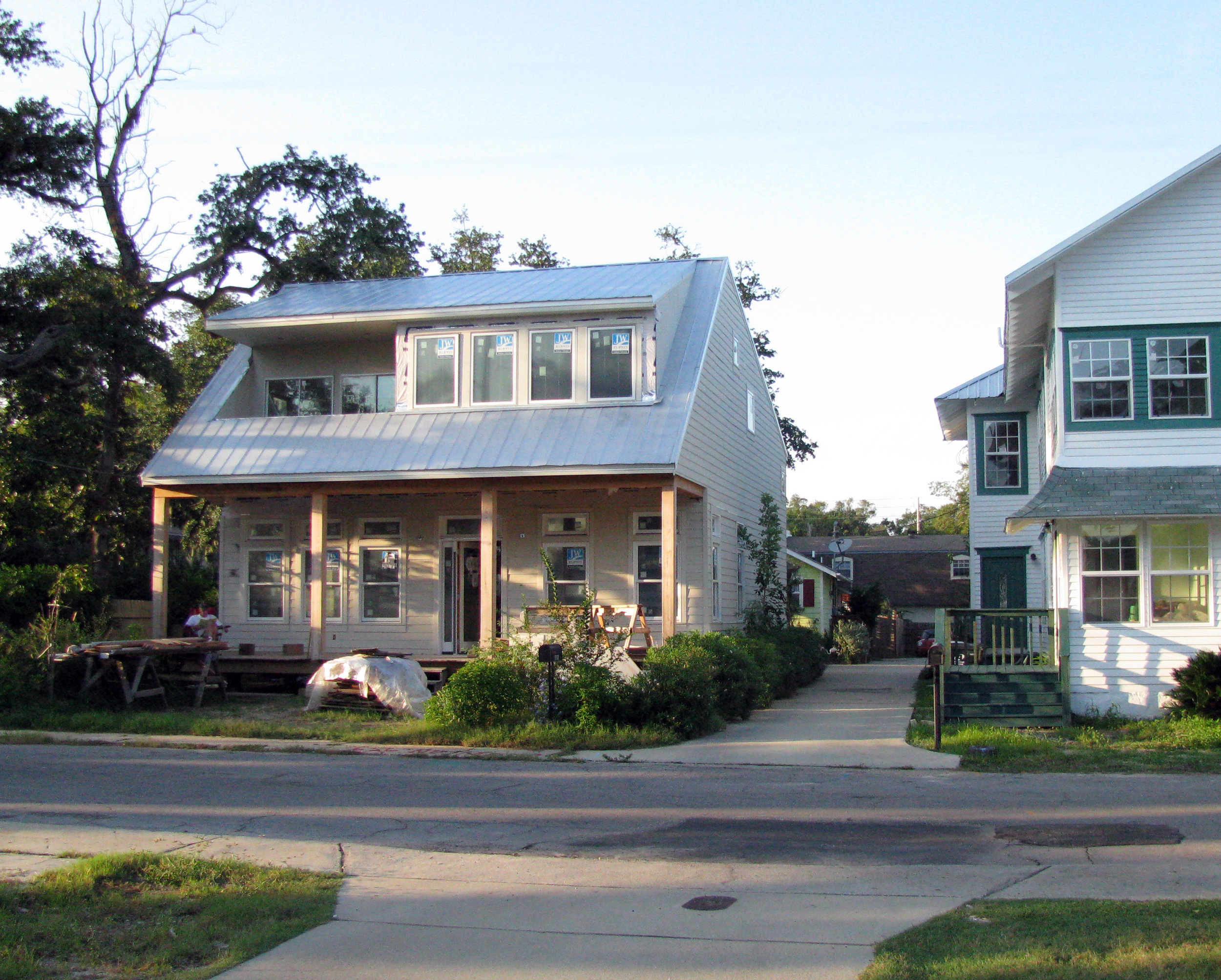
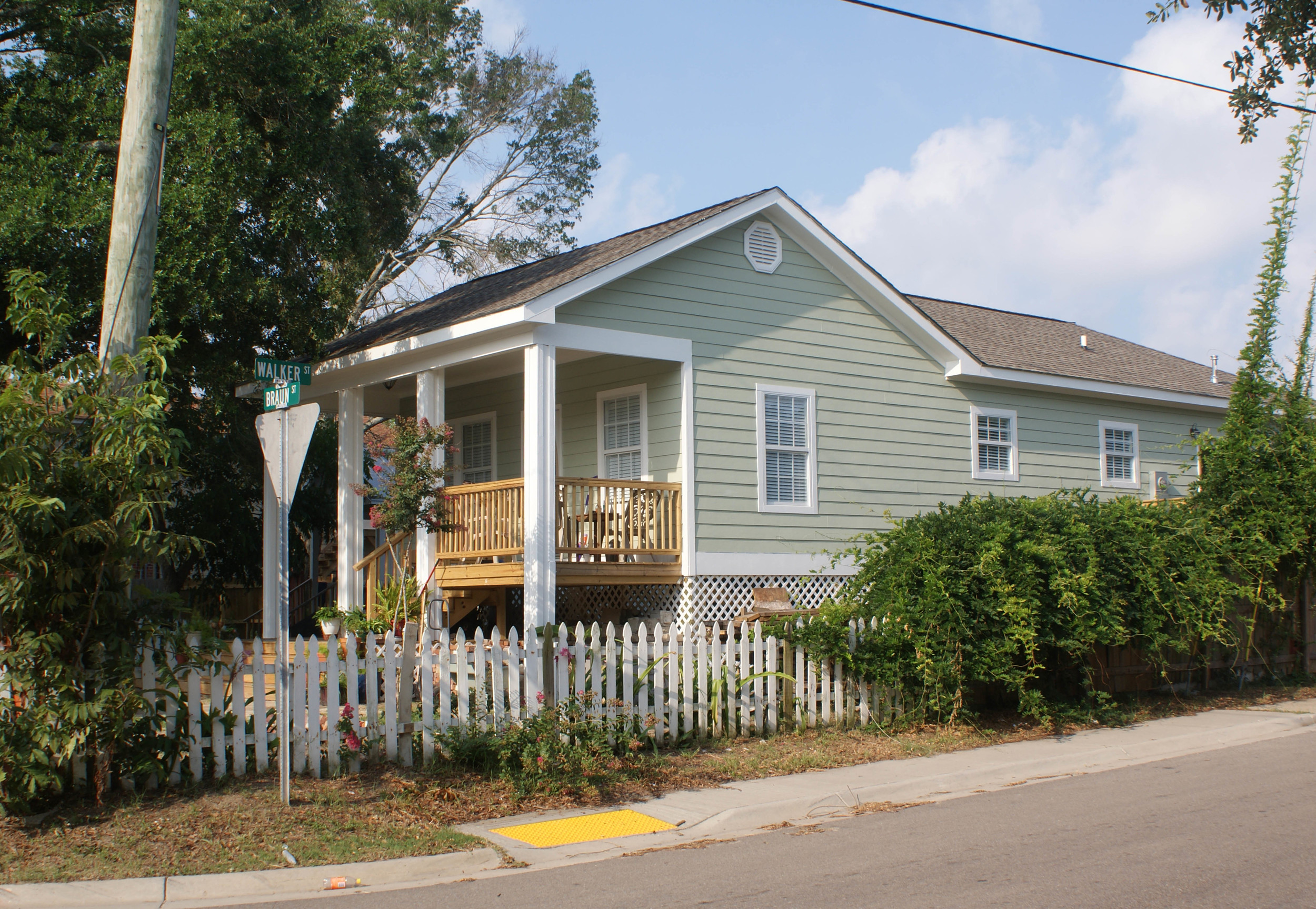
![Broussard, Patricia 2008-07-24 [Alan Karchmer] 001.jpg](https://images.squarespace-cdn.com/content/v1/54500d67e4b0fe2b86e37264/1422304340229-V6SCDQXRKBTTX5GVJQWT/Broussard%2C+Patricia+2008-07-24+%5BAlan+Karchmer%5D+001.jpg)
![Clark, Debra 2008-06-29 [Photographer].JPG](https://images.squarespace-cdn.com/content/v1/54500d67e4b0fe2b86e37264/1422304298441-HE262J9I3UF9VZCJL8HU/Clark%2C+Debra+2008-06-29+%5BPhotographer%5D.JPG)
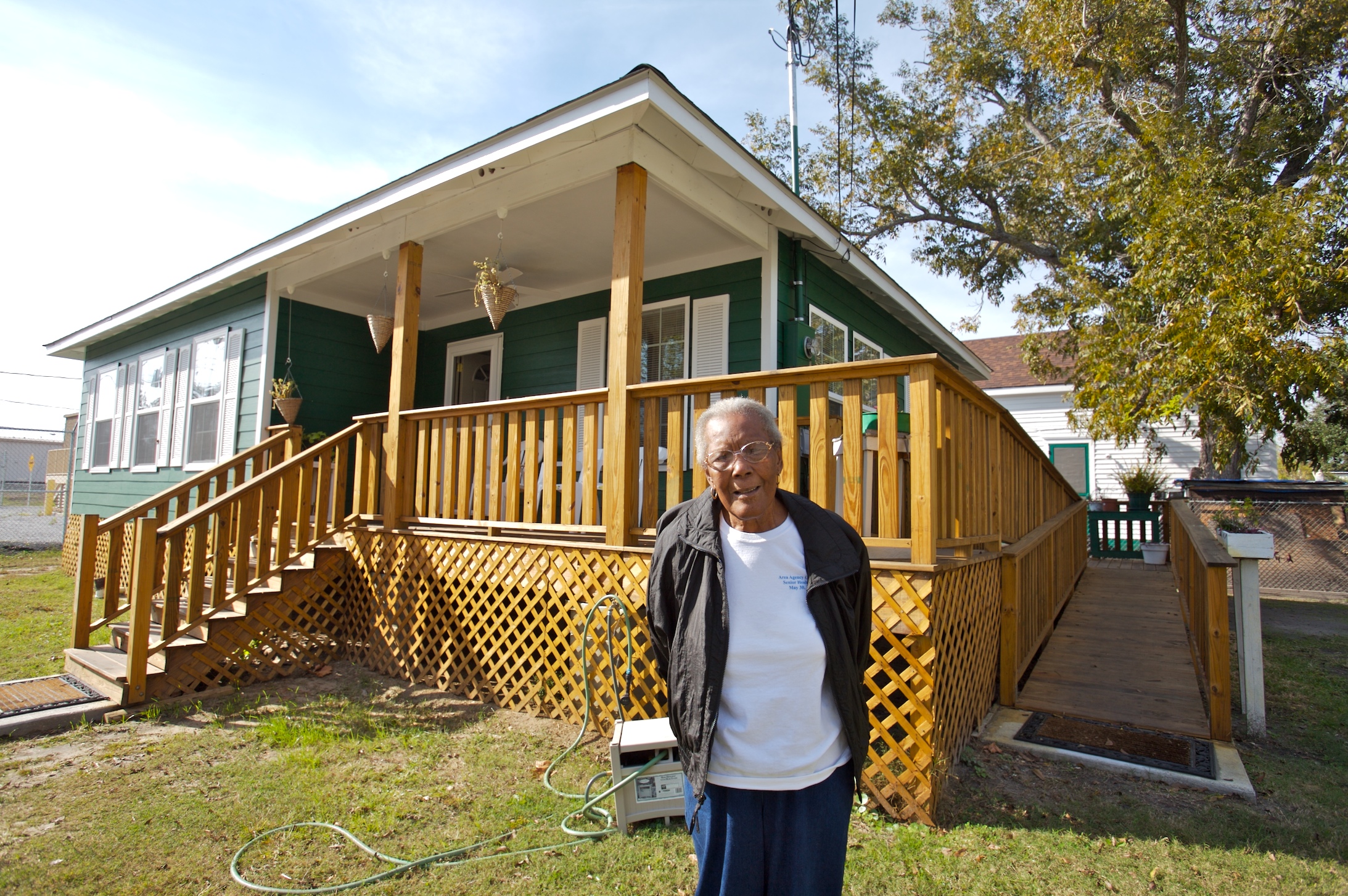
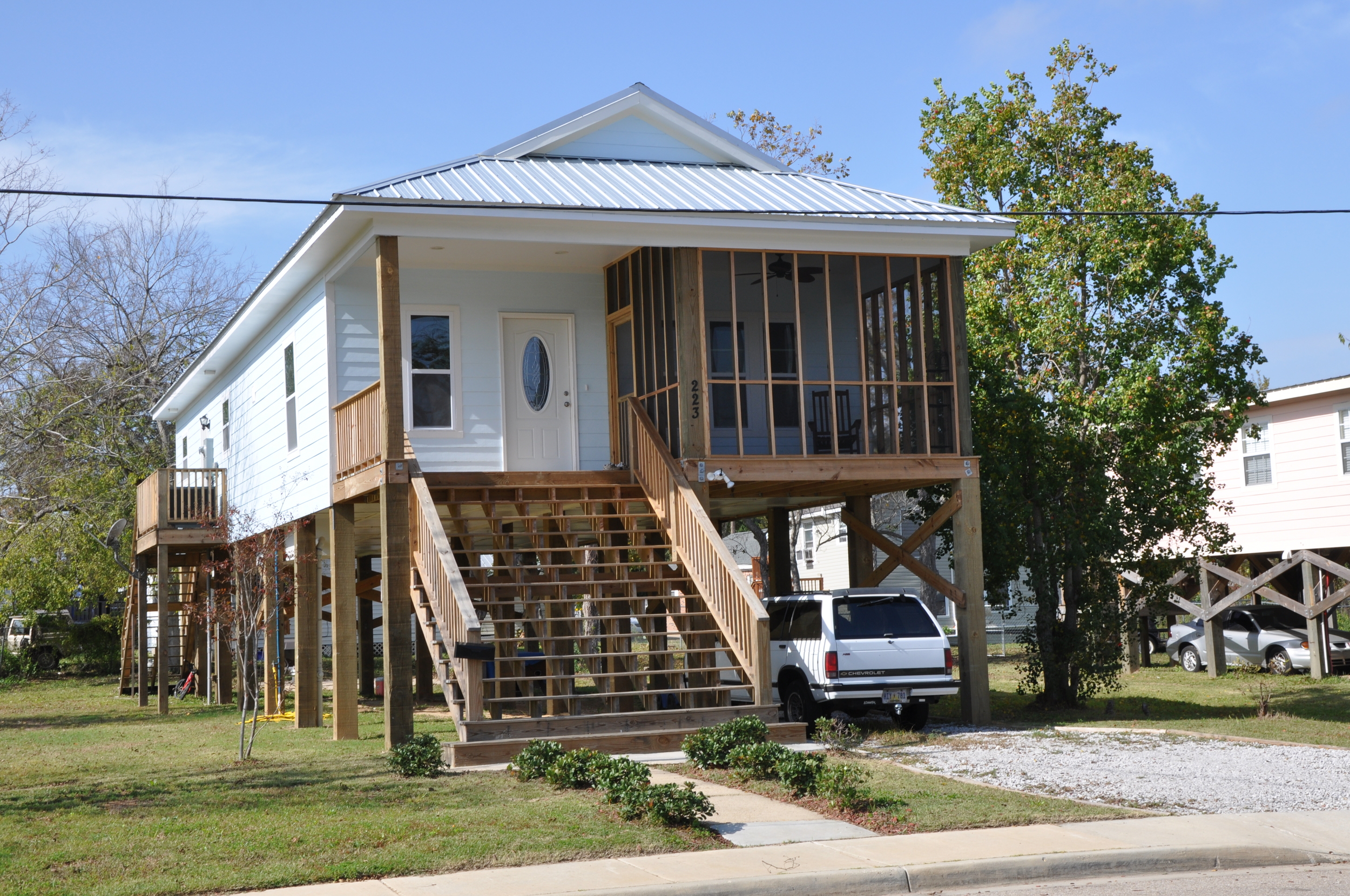

![Gaines, Juanita [Photographer].JPG](https://images.squarespace-cdn.com/content/v1/54500d67e4b0fe2b86e37264/1422304330935-RWHEZMB5C92AJFS65GVI/Gaines%2C+Juanita+%5BPhotographer%5D.JPG)
